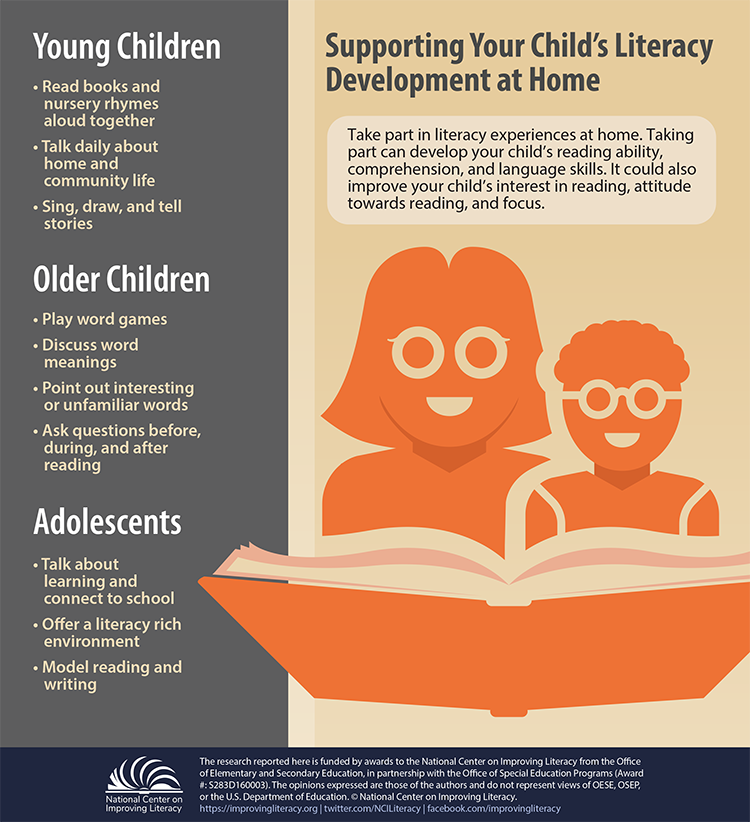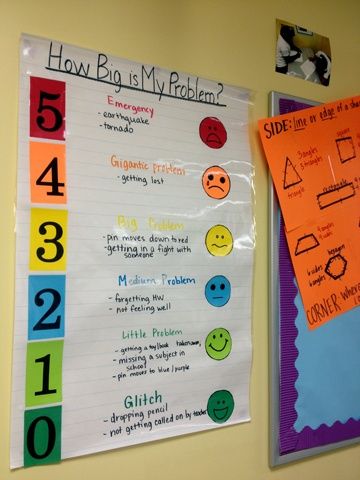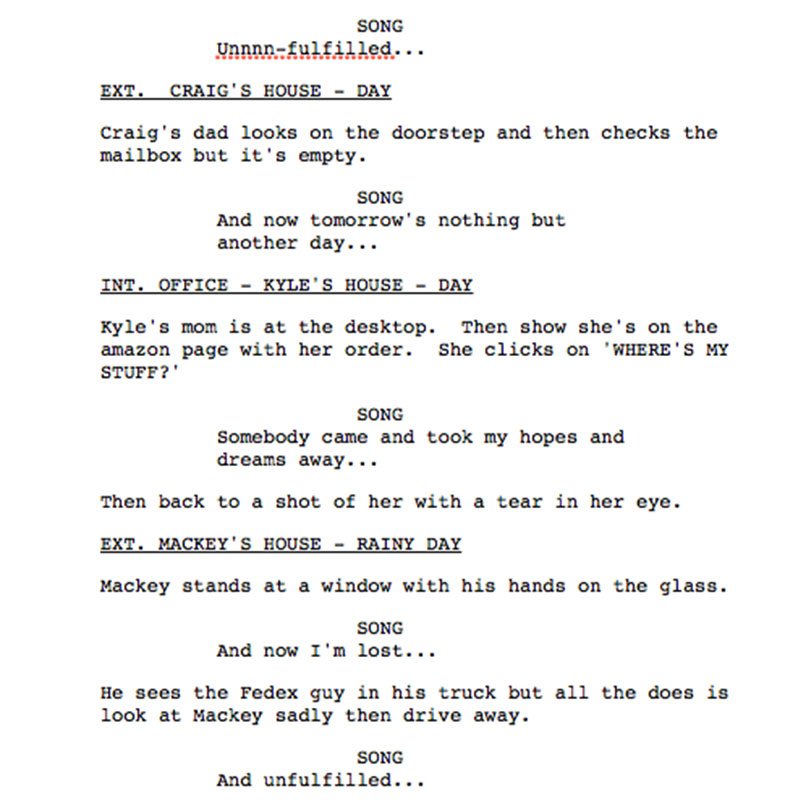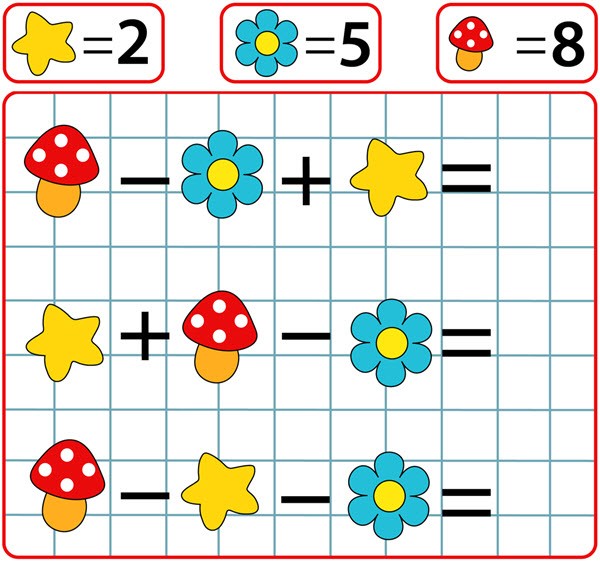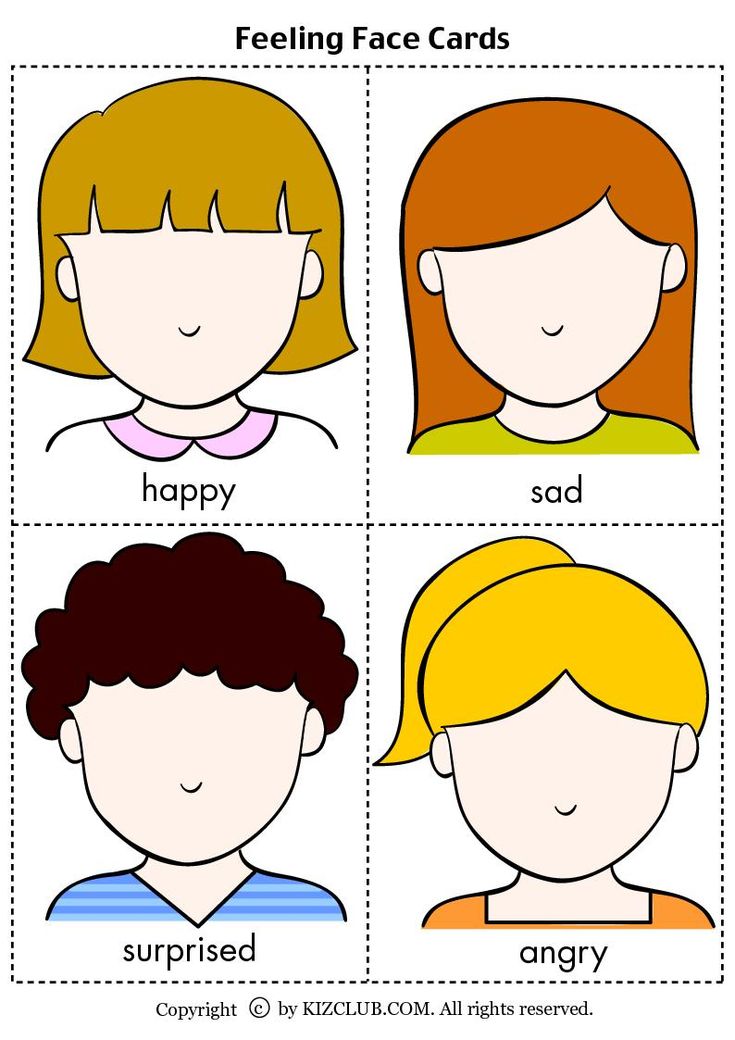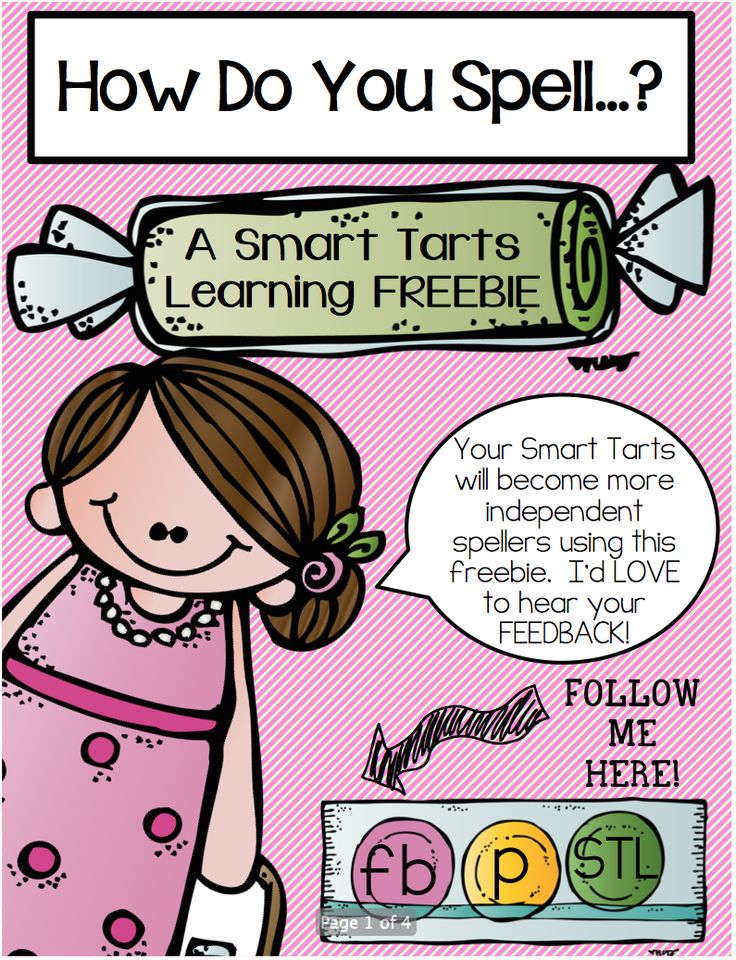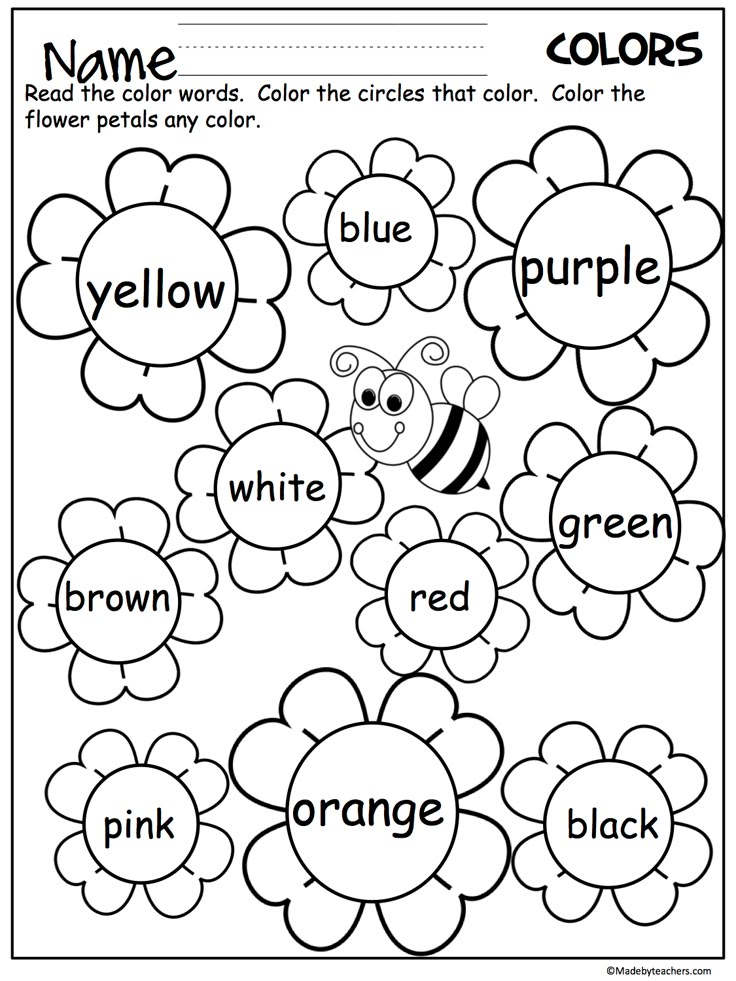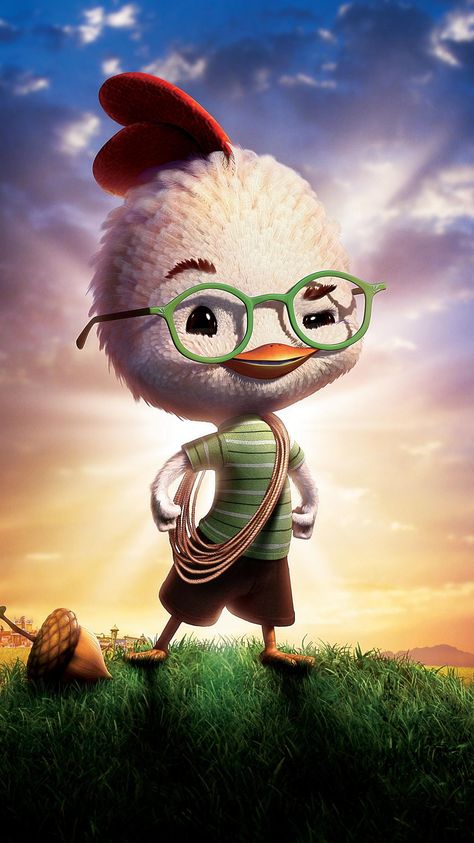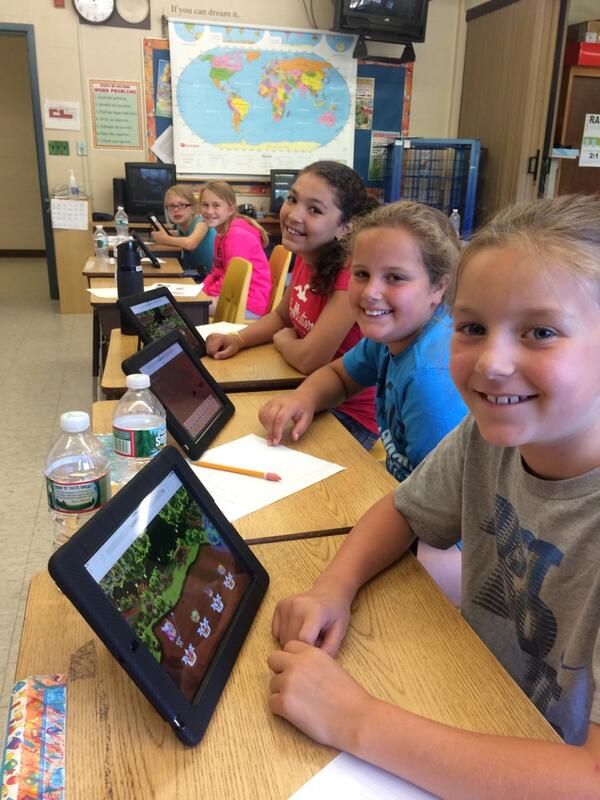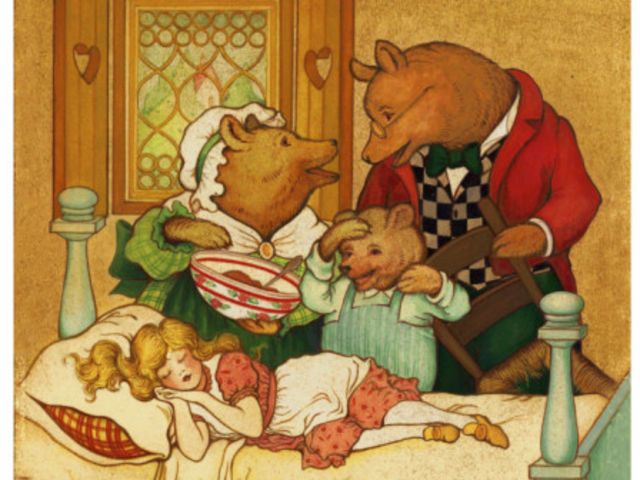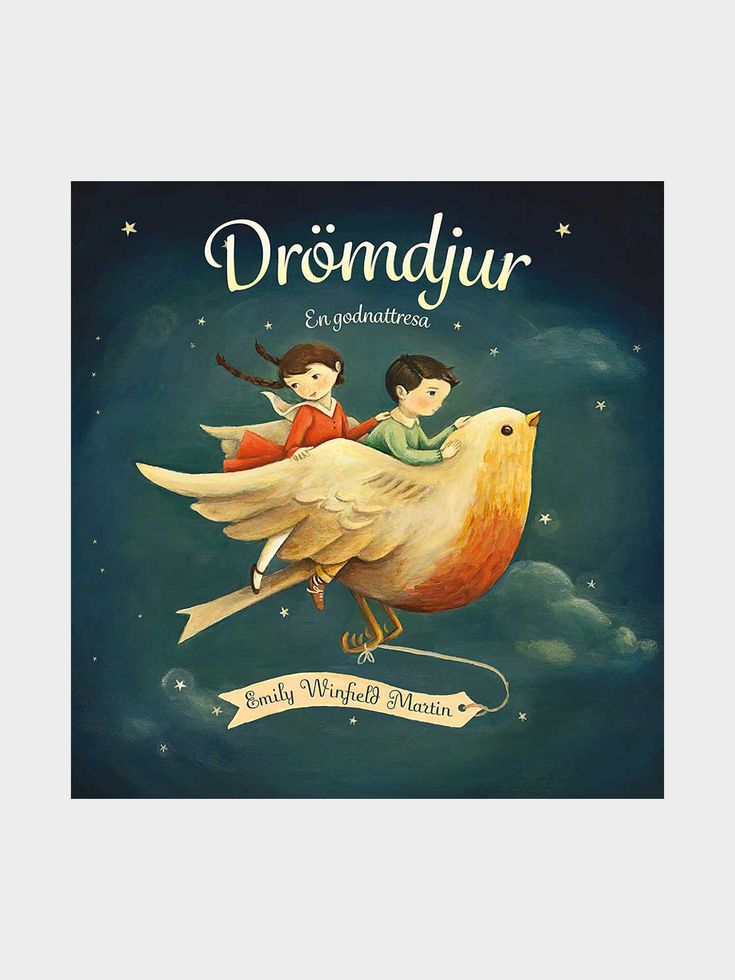Early emergent reader
A Guide to Emergent Readers and Stages of Development
As a teacher, you know each of your students is unique. Never is that more apparent than with developing readers.
But you have lesson plans to propose and an entire class of students to teach.
You don't have time to design a reading development strategy for each of your little readers. Instead, you need a plan that will meet your students where they are, wherever that may be.
That's where the stages of reading development come in.
From early emergent readers to fluent readers, this simple breakdown helps you understand what stage each of your students is in so you can better meet their needs.
Want to know how to keep your readers on track and engaged?
Check out this guide to designing an instruction plan that addresses student readers of all stages.
What Is an Emergent Reader?
The emergent reader stage is one of the most vital in a student's journey. After all, 65% of 4th-grade students read at or below an early fluent reading level, which is only one step above the emergent reader stage.
Making sure a student progresses beyond emerging reader status with confidence and excitement, then, is important for assuring they improve beyond a basic level of reading comprehension.
Compared to an early emergent reader, emergent readers have learned the alphabet and have a handle on a large vocabulary of CORE words.
They've progressed beyond picture books and books with small regions of text. Now, your emergent readers have a good understanding of phonics and are starting to comprehend word meanings in addition to word sounds.
Emergent readers will typically read books with increasingly larger blocks of text. They can handle more complex sentences and rely less on pictures for comprehension.
While they may read books on familiar topics like home and family life, these stories go into greater depth than their early emergent reader precursors.
What's more, these students will have more confidence in recognizing high-frequency words.
They're venturing into both fiction and non-fiction stories. And most excitingly, emerging readers have begun to discover that reading has many uses and purposes beyond the classroom.
And most excitingly, emerging readers have begun to discover that reading has many uses and purposes beyond the classroom.
How to Engage and Excite Your Emergent Reader
Engaging and exciting your emergent reader is all about choosing the right books and offering assistance only when needed. The reasons behind this latter point are twofold.
First, your student needs to know they are supported and that you're there for assistance with sounding out words or comprehending definitions if needed.
But secondly, too much help can actually be detrimental to the child's confidence in their abilities.
They need to know that you think they can read independently. That way, it gives them the space to form their own confidence in reading independently.
The other tips for engaging and exciting your students is a no-brainer.
Choosing the right books that are challenging but not so challenging that the student feels defeated is vital to helping emerging readers move into the next stage of development. Our phonics collection starts at the very beginning.
Our phonics collection starts at the very beginning.
Here are three books that we think are perfect for your emerging reader:
- A Giraffe and a Half by Shel Silverstein
- Look What I Can Do by Jose Aruego
- Do You Want to Be My Friend? by Eric Carle
The 4 Stages of Reading Development
If you have a student who is still struggling to achieve emergent reader status despite your very best efforts, it's time to return to the four stages of development.
That way, you can see where your student is lagging while also exciting your little reader with all the learning they have to look forward to.
1. Early Emergent Readers
Early emergent readers are just beginning their reading journey.
These students are typically 6 months to 6 years old and are learning the alphabet.
As they advance, these readers begin to recognize the difference in uppercase and lowercase letters.
Aside from the alphabet, early phonics is extremely important during this phase.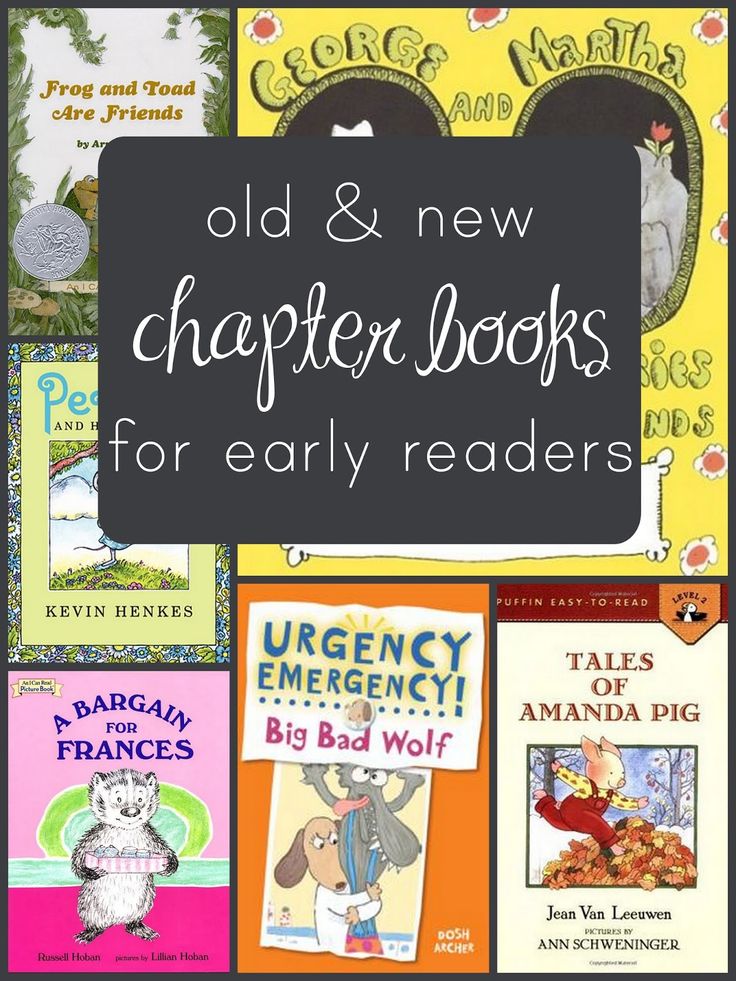
Children should be learning the relationship between the way a letter looks and its associated sound, beginning with the differences in vowels and consonants.
You'll know your early emergent reader is on the cusp of becoming an emergent reader when they begin to automatically recognize high-frequency words (core vocabulary words).
Also, your almost-emergent readers will be able to read consonant-vowel-consonant (CVC) words.
2. Emergent Readers
As we mentioned above, emergent readers have learned the alphabet and are beginning to understand early phonics.
They can often read independently with assistance if needed.
You know your emerging reader is moving on to the next stage if they're starting to comprehend word meaning more automatically instead of focusing on word recognition alone.
3. Early Fluent Readers
This stage is where the magic starts to happen. Early fluent readers are typically between the ages of 7 years and 10 years old.
And at this point, not only can students identify word sounds on their own but they can also comprehend those word meanings independently.
These readers should be given books of different varieties now so that they can appreciate the diversity of the form.
This is a great time to introduce students to genre fiction, an excellent way to excite your early fluent readers with fun, engaging stories.
Complete independence while reading and comprehending is a signal that your early fluent reader is ready to progress.
4. Fluent Readers
If your student or child has made it to this stage, congratulations!
Considering that only 34% of 8th graders achieved National Assessment of Educational Progress "Proficient" reader scores in 2018, this is truly an accomplishment for the record books.
A hallmark of this stage is the ability to read aloud with proper pauses for punctuation.
Fluent readers need absolutely no assistance with reading comprehension.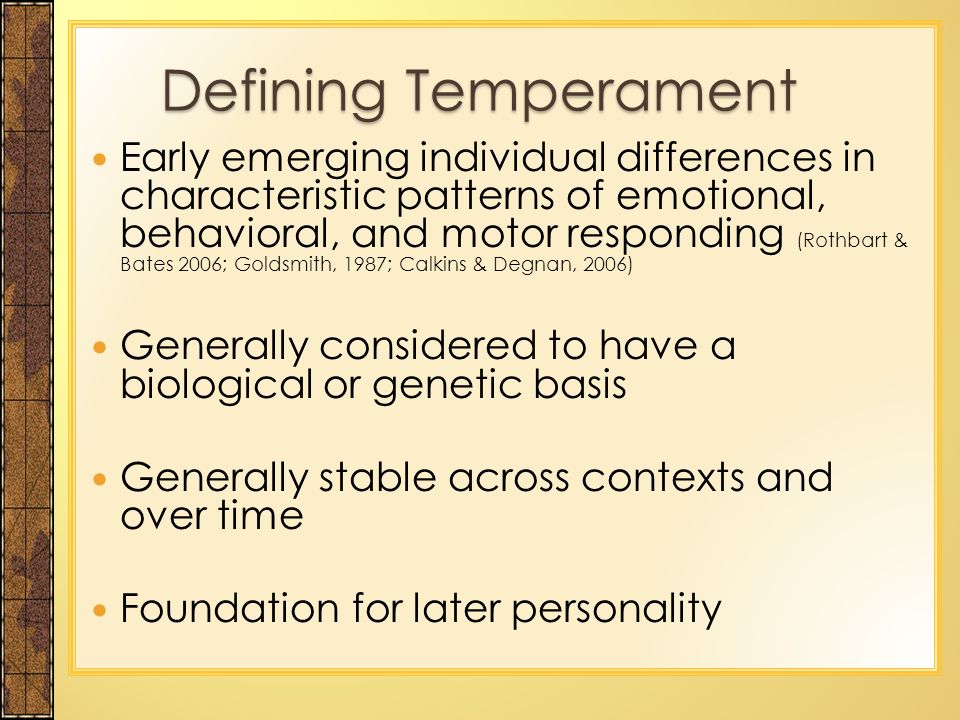 And they are starting to actually understand the meaning behind what they read instead of just comprehending word meanings.
And they are starting to actually understand the meaning behind what they read instead of just comprehending word meanings.
At this point, your fluent reader should begin to choose their own books and form preferences about what they like to read.
This is an exciting time in a student's reading development journey. But it's also an exciting point, in general, since becoming a fluent reader is a major pit stop along the road to true independence.
Special Education for Your Struggling Reader
Are your emergent readers struggling to move on to the next stage of development?
Check out AdaptEd's carefully curated selection of books to engage and excite your child or students today!
Stages of Development | Reading A-Z
> Instructional Support > Stages of Development
Beginning Readers (Levels aa-C)
Readers at this level might display the following characteristics:
- Pretend to read familiar stories
- Sing their ABCs but not be able to name all of the letters in print
- Recognize and name more letters as they are exposed to print and instruction
- Identify the front cover
- Turn pages one by one
- Show how text progresses left to right, top to bottom
- Identify uppercase letters with greater ease than lowercase letters
- Know some sounds of frequently seen or previously taught letters
- Identify and produce an increasing number of sounds, particularly consonant sounds and short vowels
- Recognize environmental print in context
- Attempt to track print with their finger in books and other texts
- Begin to play with words
- Identify a rhyming pair when presented with choices (e.
 g., rat, bed, hat)
g., rat, bed, hat) - Count syllables in words
- Listening comprehension far exceeds reading comprehension (the latter is limited to single words or short phrases/sentences)
Text to support readers at this level may include:
- Detailed pictures that add to the story
- Short, declarative sentences
- Repetitive patterns
- Repeated vocabulary
- Natural, familiar language
- Large print
- Wide letter spacing
- Familiar concepts
- Limited text per page
Developing Readers (Levels D-J)
Readers at this level might display the following characteristics:
- Apply their understanding of phonics for reading unfamiliar words
- Focus most of their energy on decoding, which leaves fewer cognitive resources for comprehension
- Recognize more frequently read words by sight
- Attempt to sound out unknown words, phoneme by phoneme
- Realize that their reading should make sense and will attempt to self-correct when making errors
- Look for word chunks to assist in reading
- Listening comprehension still exceeds reading comprehension, although readers begin to get meaning from text
Text to support readers at this level may include:
- Increasingly more lines of print per page
- More complex sentence structure
- Fewer repetitive patterns
- Pictures that relate to the story
- Familiar topics with more details
Effective Readers (Levels K-P)
Readers at this level might display the following characteristics:
- Attend to the phonics, word chunks, affixes when decoding unfamiliar words in their entirety, including multisyllabic and compound words
- Recognize more and more words automatically by sight
- Guess or predict what they think the sentence says rather than reading each word as it is written
- Glance ahead to prepare for upcoming words
- Focus less of their energy on decoding, which leaves more cognitive resources for comprehension
- Begin to transition from learning to read to reading to learn as they use text to learn new information
Text to support readers at this level may include:
- More pages
- Longer sentences with more complex syntax
- More text per page
- Richer vocabulary
- Greater variation in sentence pattern and exposure to a variety of text structures
- Fewer pictures
- More formal and descriptive language
Automatic Readers (Levels Q-Z2)
Readers at this level might display the following characteristics:
- Use phonics, syllable knowledge, and morphology to decode unknown multisyllabic words
- Recognize words they repeatedly see in text by sight
- Use fluency and prosodic reading at an appropriate rate
- Focus on comprehension as decoding becomes automatic
- Rely on text for directions, content knowledge, and general information
Text to support readers at this level may include:
- More text
- Less familiar, more varied topics
- Challenging vocabulary
- More complex sentences
- Varied writing styles
- Few, if any pictures
- Text features to support understanding (graphs, charts, infographics, etc.
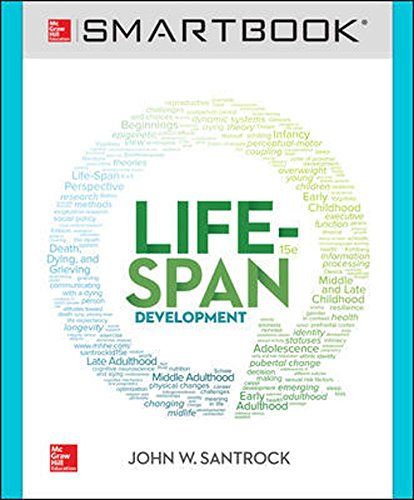 )
) - Text structures (compare and contrast, cause and effect, problem/solution, sequence, descriptive)
How to educate the reader. Part 1
From the moment you decide to have a baby, everyone around you tells you the importance of reading, and for good reason: the benefits of reading at every stage of a child's development have been proven. Fortunately, the process of educating the reader is relatively simple, interesting, and well worth the effort.
Start Early
First, Reread Reading
If you've stopped reading books over the years, it's time to fix it. Set aside time not only for reading with your child, but also for independent reading.
If you want to grow a reader, be a reader yourself.
Children's books - needed?
You may think that it is not necessary to buy books if the child has not yet learned to walk, but this is not so. Even newborns benefit from reading fairy tales aloud (and they can't complain about your choice of books).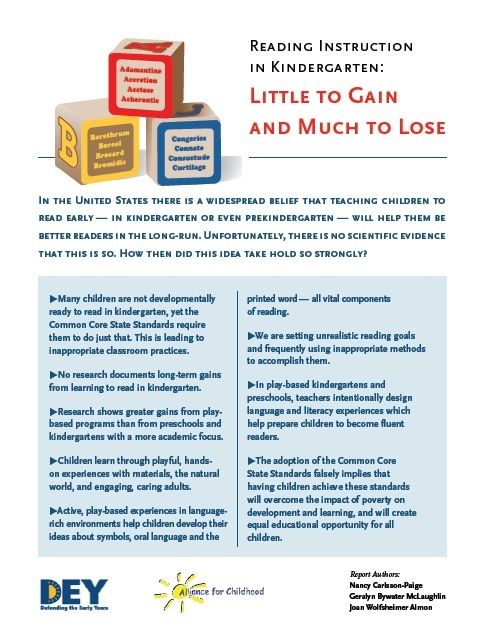 So use it. Here's how you can do it:
So use it. Here's how you can do it:
Read aloud, every day. Any books. Babies can read anything: a recipe book, a dystopia, a parenting guide. The context doesn't matter. Only your voice, the cadence of the text, and the words themselves matter. The study showed that the number of words that a child is exposed to in infancy has a direct impact on the development of speech and reading. But it is important that it be a live speech coming from a person and directed at a child, TV and audio books do not count. Of course, it would be nice to start reading aloud children's books, which will later become part of the child's library, but do not limit yourself to this. Just try to enjoy reading.
Use all your senses. Toddlers who are read aloud learn that reading is fun. It involves the use of different senses: the child touches the texture of the paper, smells the glue, sees the colorful illustrations for the story, hears the sound of the parent's voice.
Try this: get textured books that encourage your child to touch and explore, and help develop fine motor skills.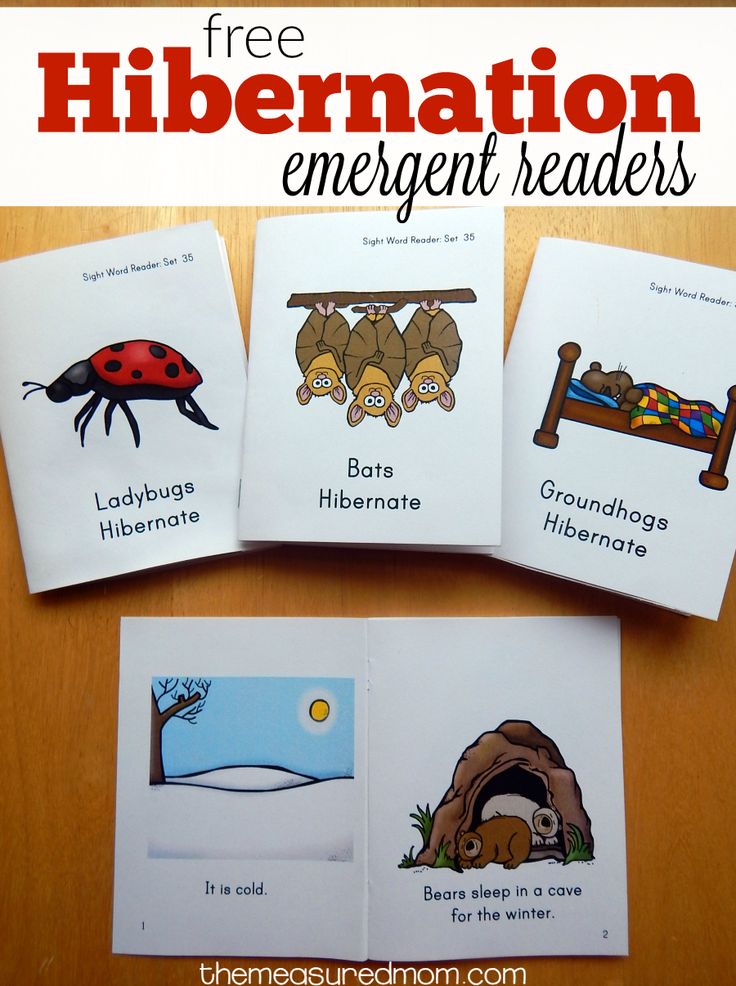
Consider your child's abilities. Maintain eye contact, but don't expect any reaction. It may seem that the child is not listening, but he is gaining experience. And his patterns, programs and skills of attention are being formed right now and for life.
Talk to your child. Children may begin to make sounds in response to your reading. For this reason, most books their age contain nonsensical words and animal sounds that are easier to reproduce.
Try this: if the child makes a sound, respond. It will seem meaningless to you, but it is a kind of communication. This is the beginning of your personal reading club.
Infants
Reading has a great influence on the intellectual, social and emotional development of an infant. When you read to toddlers, they absorb everything: vocabulary, language structure, numbers and math concepts, colors, shapes, animal names, opposites, mannerisms, and all sorts of useful information about how the world works.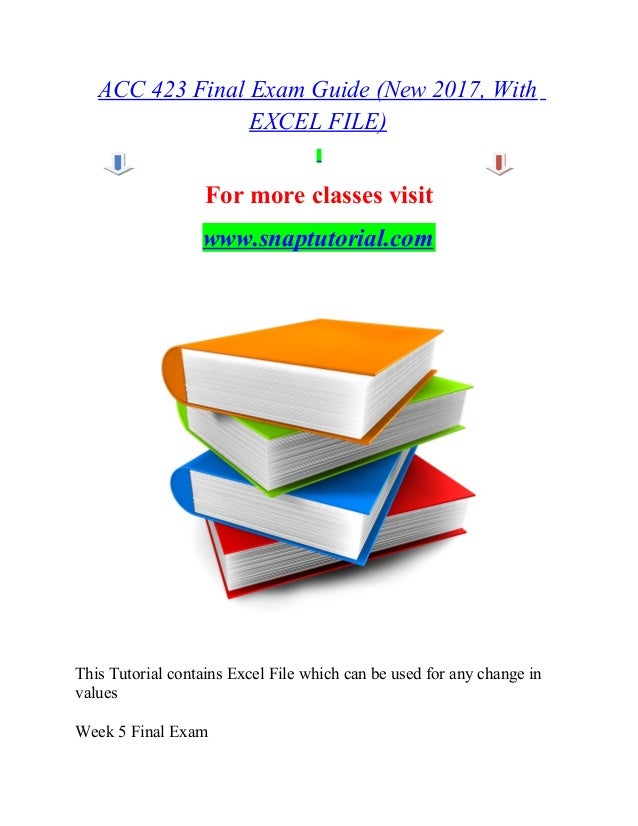 More importantly, when you read aloud, your child associates books with the familiar, favorite sound of your voice—and with the physical intimacy that comes with reading together. This helps build a positive association with books that will last a lifetime.
More importantly, when you read aloud, your child associates books with the familiar, favorite sound of your voice—and with the physical intimacy that comes with reading together. This helps build a positive association with books that will last a lifetime.
Remember:
Read throughout the day. Reading bedtime stories to kids is the best way to send energetic toddlers to bed. Create a relaxing atmosphere, choose a book that strategically ends with a scene where the characters fall asleep peacefully (although books about fidgets refusing to go to sleep are also good). But don't forget to read to your little ones during the day too. Offering children to read together is one of the best ways to help them calm down and focus, and sometimes the only one at all. Sit closer and enjoy moments of intimacy while you can.
Use your experience. You have read books for a long period of your life and you know what you like about adult books. As a parent, you are given the chance to rethink your taste in children's books.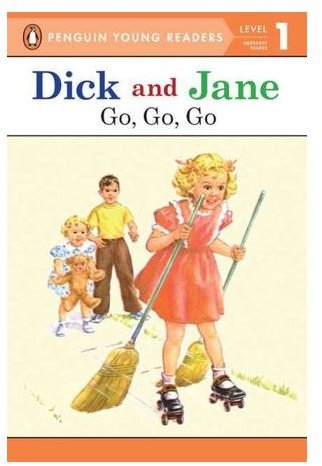 Get out your favorite old books and find something that grabs your attention in bookstores, libraries, and friends. Really good authors and illustrators of children's books strive to please adults too.
Get out your favorite old books and find something that grabs your attention in bookstores, libraries, and friends. Really good authors and illustrators of children's books strive to please adults too.
Try this: The next time you read aloud, try playing with the text. Many classic children's books can now feel sexist, racist, outdated and, in a way, downright awful. You can make them better by retelling the story in your own way.
Respect your child's preferences. Your child will soon surprise you with his own opinions and preferences. Just as a child may not like your oatmeal, they may not appreciate (or vice versa) the tale of the little mermaid in the same way that you did as a child. You may not be a fan of fairies or talking cars, but your child may love them. Encourage your child to express his preferences and choose books that he enjoys.
Parent and child duo. The more you can make reading mutually enjoyable, the more it will be associated with pleasure and reward.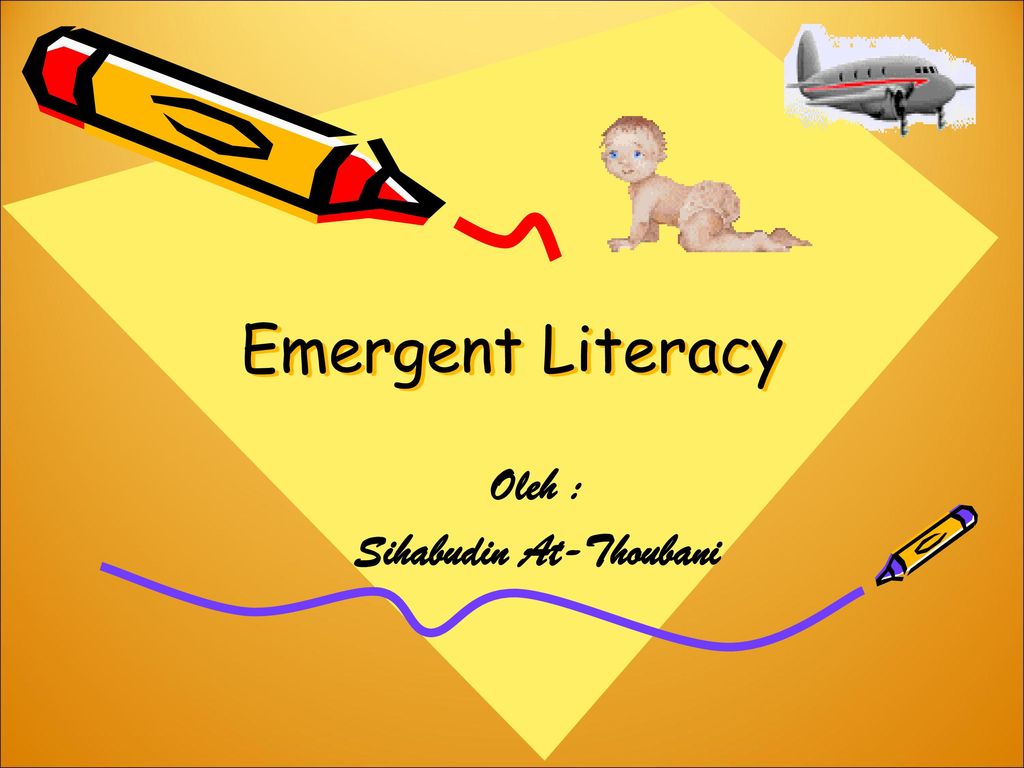 If the child doesn't like the goofy voice you gave the troll, don't use it. Remember, you are reading primarily for the child. Let your child turn the pages and control the rhythm of your reading (this also helps with fine motor development).
If the child doesn't like the goofy voice you gave the troll, don't use it. Remember, you are reading primarily for the child. Let your child turn the pages and control the rhythm of your reading (this also helps with fine motor development).
It's okay to interrupt. Don't get so caught up in reading that you ignore your child's comments and questions. When a child interrupts you, it shows that he is listening.
Try this: if a child asks a question, don't wait until after you've finished reading the page, answer right away. If the child is not carried away by the words, look at the illustrations together. Ask what he sees in the pictures. Ask him to explain what is happening on them, this will involve him.
Expand your baby's mind. Sometimes babies get attached to some book that you don't really like. Do not forbid children to read books that they like, but try to subtly draw the attention of the child to other books. Most importantly, do not be afraid to open topics for kids that they do not understand.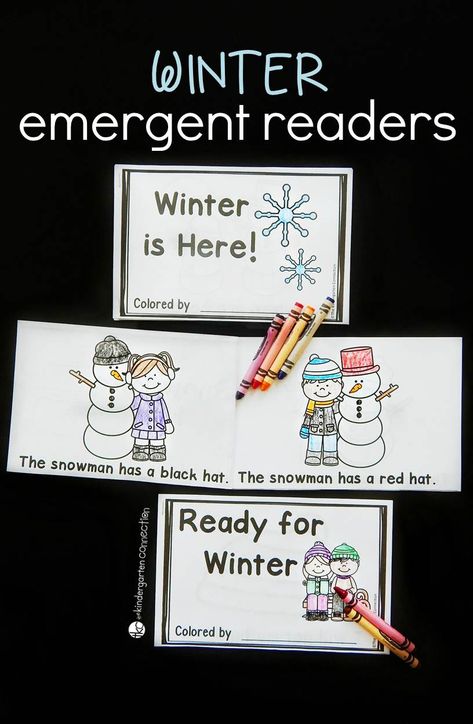 Any topic - even geology, art history, life of different cultures - can be disassembled to the smallest detail and presented in an interesting light with the help of children's books. Try this: At a certain age, children may become more attracted to stories where the main character is the same sex as him. This does not apply to babies. Take advantage of this to discover different unusual characters for them.
Any topic - even geology, art history, life of different cultures - can be disassembled to the smallest detail and presented in an interesting light with the help of children's books. Try this: At a certain age, children may become more attracted to stories where the main character is the same sex as him. This does not apply to babies. Take advantage of this to discover different unusual characters for them.
Show your child the diversity of the world through books. Surround children with books in which they will find their own reflection. If your child belongs to a racial or ethnic minority, find books that describe the lives of such children - these days it is quite easy to find them. It will be informative for children of one nationality to read books about children of other nationalities and ethnicities. It is helpful for children to become familiar with books that represent the various cultural and family traditions that exist in our society. By exposing children to the diversity of the world through books, you will prepare them for life in a diverse world.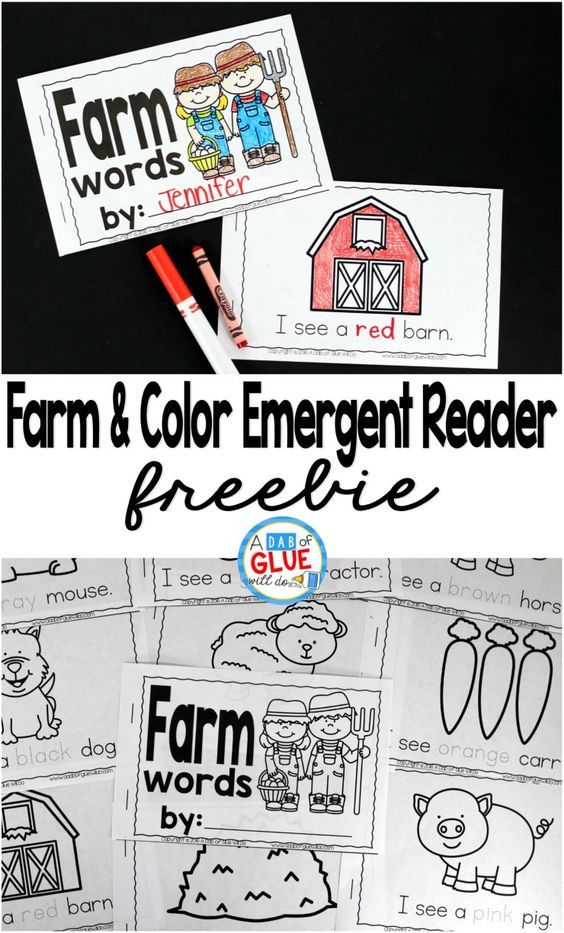
Source
If your child has difficulty reading, they may need special help. Created by eminent neuroscientists, the Fast ForWord computer-based method develops the areas of the brain responsible for speaking and writing, thanks to which your child will be able to quickly and permanently overcome difficulties in reading and learning.
Sign up for a free trial online Fast ForWord class, don't delay helping your child!
Raising the future reader - Centralized City Library System, Tyumen
Raising the future reader
- Reading before birth
- In the book cradle
- Reading for stompers
- What to read to a child from 2 to 3 years
The question of how to instill in a child a love of reading worries many parents. There is no single answer, although there are a number of general rules and recommendations. In order to raise a real book lover, parents you need to follow some rules :
It is necessary to introduce a child to books from early childhood, best of all from birth. Let the kids do not understand the meaning yet, but the sound of a soft reading voice will affect them beautifully.
Let the kids do not understand the meaning yet, but the sound of a soft reading voice will affect them beautifully.
For the youngest children, read in a smooth, melodious, measured voice to improve their reading comprehension. Read with expression, imitate the voices of the characters, laugh with your baby, the more you get into "role" while reading a book, the better your child will follow the plot. Speak in different voices, make unusual funny gestures. Older children can already read "in faces". Only read to your child when he is calm, does not want to sleep or play, and do not force him to listen if he does not feel like it.
Create a good tradition of daily reading - before going to bed, or during the day. Try to read to them at the same time every day.
Surround your child with books. If a child lives surrounded by books, they become part of his life. Let him have his own personal library at home, which will include works by the best children's writers.
If you want your child to read, you need to have a parent reading next to him, or even better, a parent reading with the child.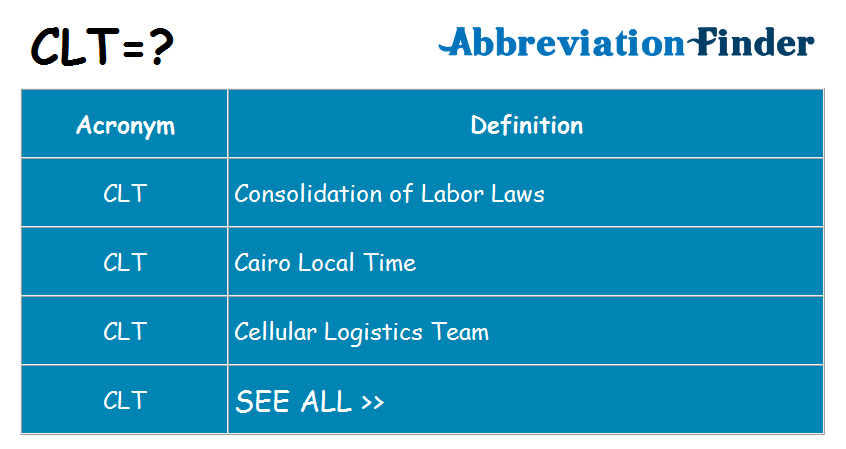 Let the children see how you read with pleasure.
Let the children see how you read with pleasure.
Take your children to the library. Visits to the library should become regular, it is there, in a special bookish atmosphere, that a reading culture begins to form.
Consider age selection when choosing books to read. Be responsible when choosing a book by subject, design, genre or mood. Each age should have its own literature! Even a difference of two years is a whole abyss in development!
Dear parents! Remember that your child is still at the very beginning of the journey into the wonderful world of books, and it is very important not to miss the time that is so fertile for his development as a READER. When you open a book to a child, you open the world for him!
Good luck in raising a reading, thinking, caring person!
References
1. Volosova, V. Everything starts from early childhood / V. Volosova // Preschool education. - 2002. - No. 8. - S. 14-16.
2. Gritsenko, Z.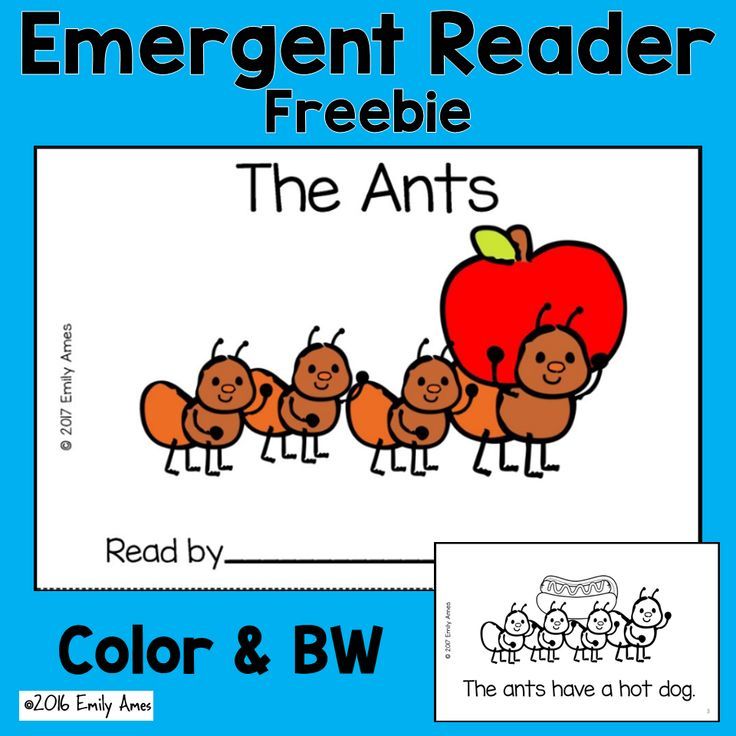 Lay your heart on reading / Z. Gritsenko // Preschool education. - 2000. - No. 4. - P. 41–48.
Lay your heart on reading / Z. Gritsenko // Preschool education. - 2000. - No. 4. - P. 41–48.
3. Gritsenko, Z. The child and the book / Z. Gritsenko // Preschool education. - 2000. - No. 3. - P. 49-52.
4. Gritsenko, Z. Peculiarities of reader formation / Z. Gritsenko // Preschool education. - 2008. - N 2. - S. 15–20. - (Science - practice).
5. Dobrynina, N. Our first books / N. Dobrynina // Preschool education. - 2002. - No. 7. - P. 74–77.
6. Zhamaletdinova, N. R. I was born! I am reading! / Nelya Romanovna Zhamaletdinova // Young people in librarianship. - 2006. - N 1. - S. 23.
7. Zemeseva, G. Book cradle: early literary development of children in the library / Galina Zemeseva, Yulia Skuridina, Nina Pustovalova // Kindergarten from A to Z. - 2008. - N 3. - S. 153-158.
8. Reading circle. What to read to preschoolers and younger schoolchildren: a recommendatory index of children's literature // School Library. - 2008. - N 10. - P. 1 - 48.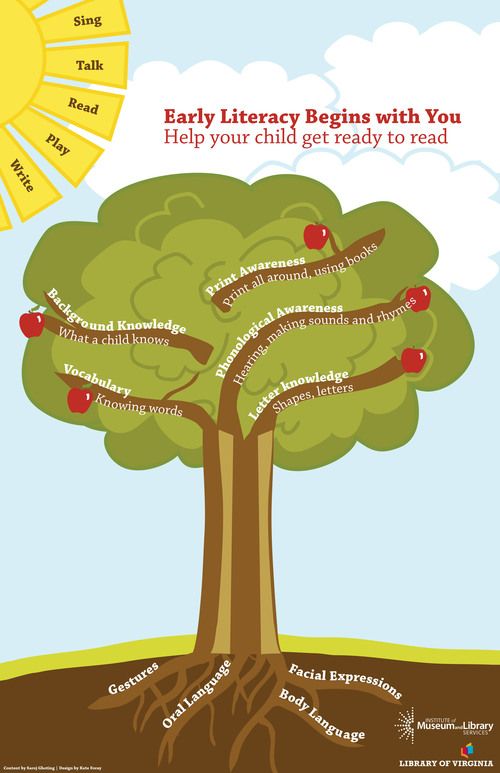
9. Kukushkina, S. S. The entry of a child into the world of the book / S. S. Kukushkina // Family Reading. - 2010. - N 4/5. – P. 18–23. - Bibliography. : With. 23.
10. Kulikovskikh, N. To captivate with a book / N. Kulikovskikh // Preschool education. - 2007. - N 5. - S. 33–40.
11. Lukinykh, E. "Reader" for children and parents / Elena Lukinykh // Library. - 2008. - N 5. - S. 51–53.
12. Makarova, N. Parents in memory / N. Makarova // Library business. - 2004. - No. 4. – P. 16.
13. Meshcheryakova, S. Formation of communication between a child and an adult in the first year of life / S. Meshcheryakova // Preschool education. - 2003. - No. 9. - P. 90–95.
14. Murgina, O. I. “When?”, or The beginning of all beginnings: [what books to read to an infant and a preschooler] / O. Murgina // Bibliogide: book and children: almanac. - Moscow, 2005. - Issue 2. - P. 46–53.
15. Piligrimova, IG How to help a child fall in love with a book: from the experience of a professional / Irina Gennadievna Piligrimova // Books, notes and toys for Katyushka and Andryushka.